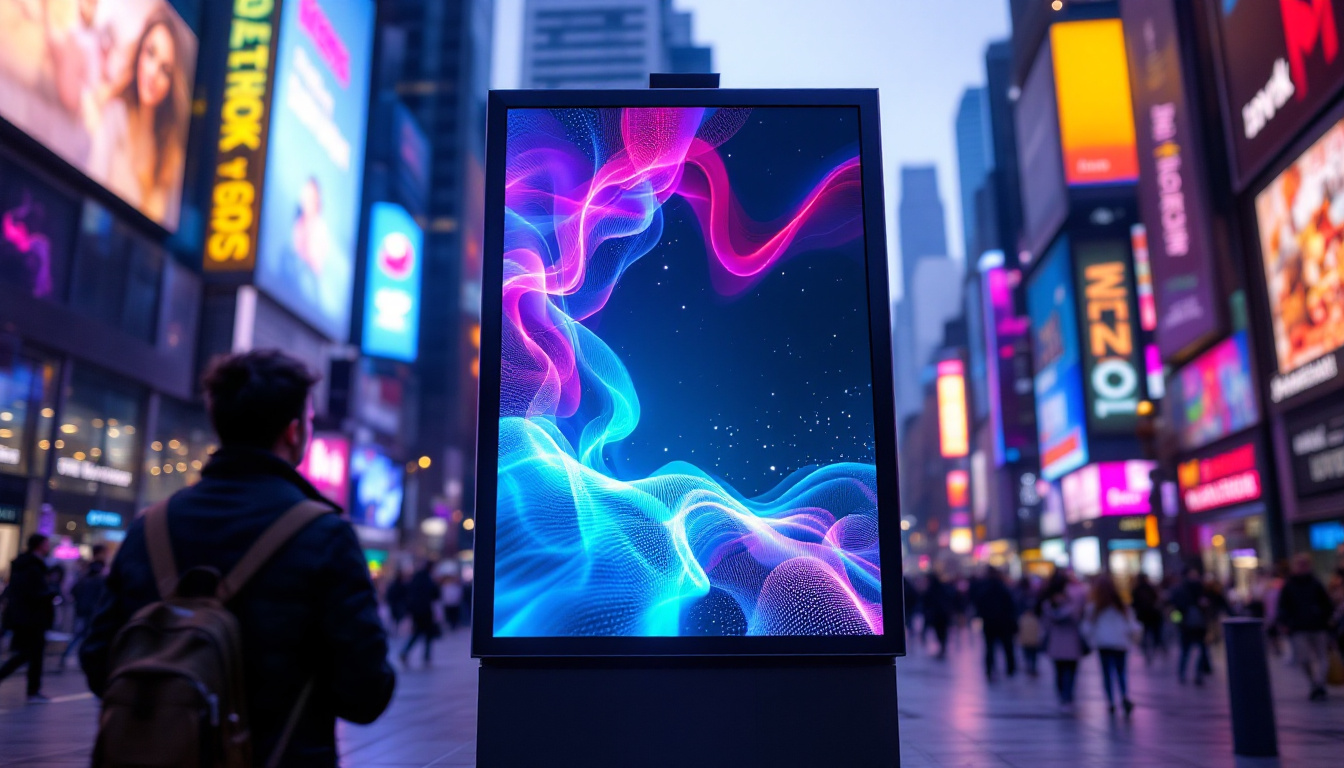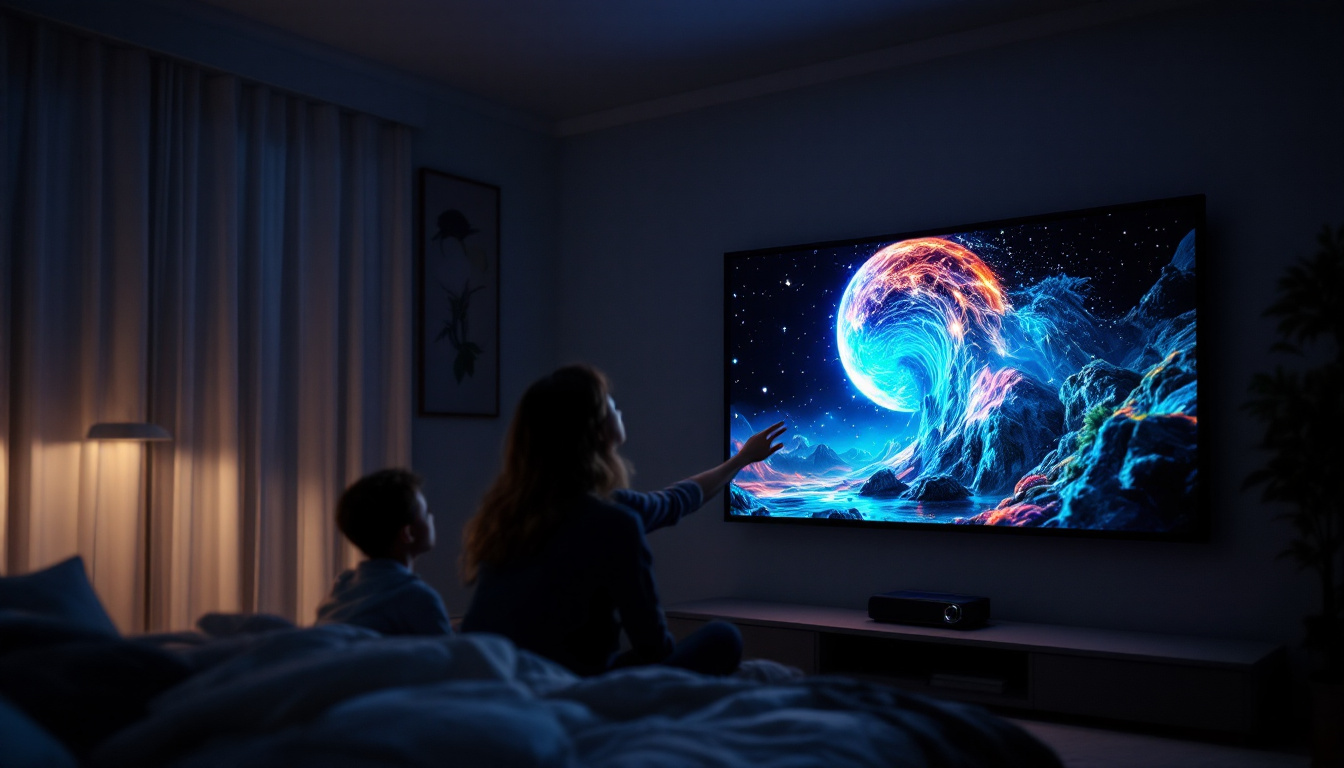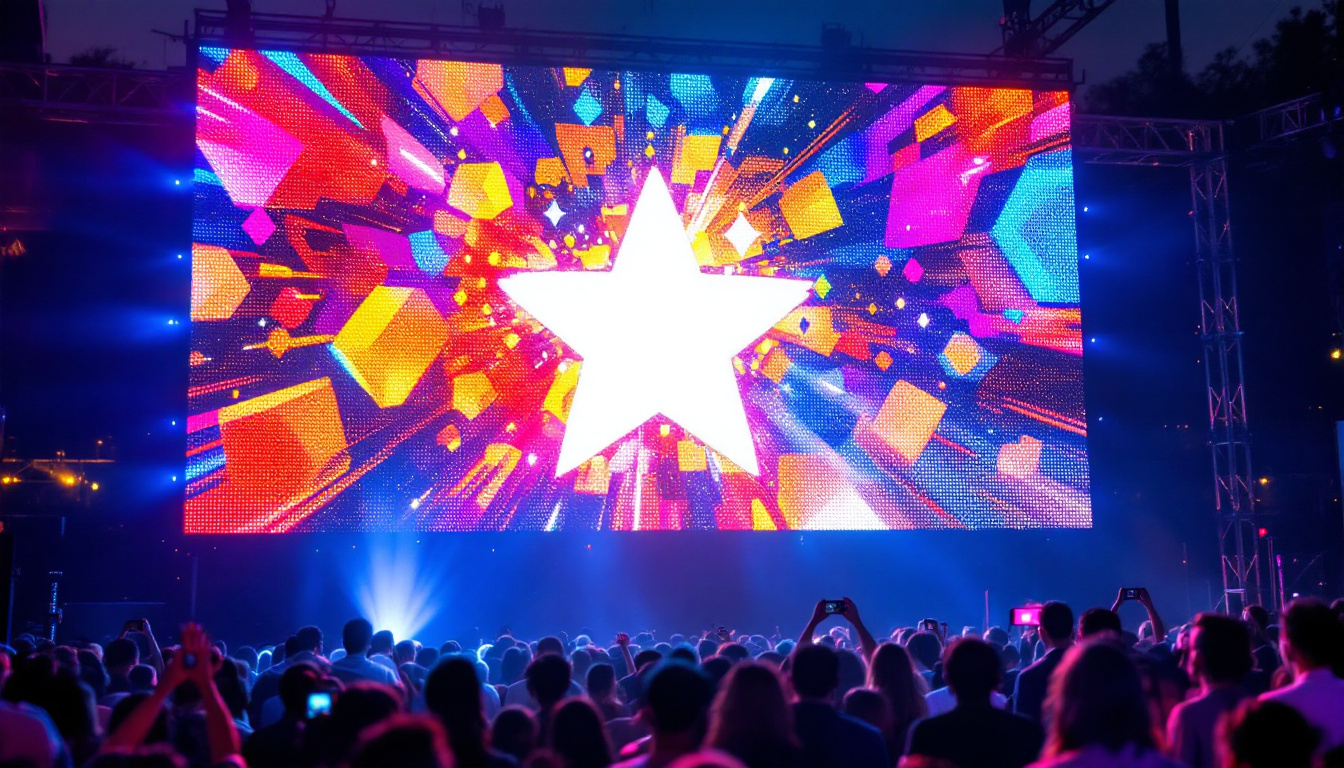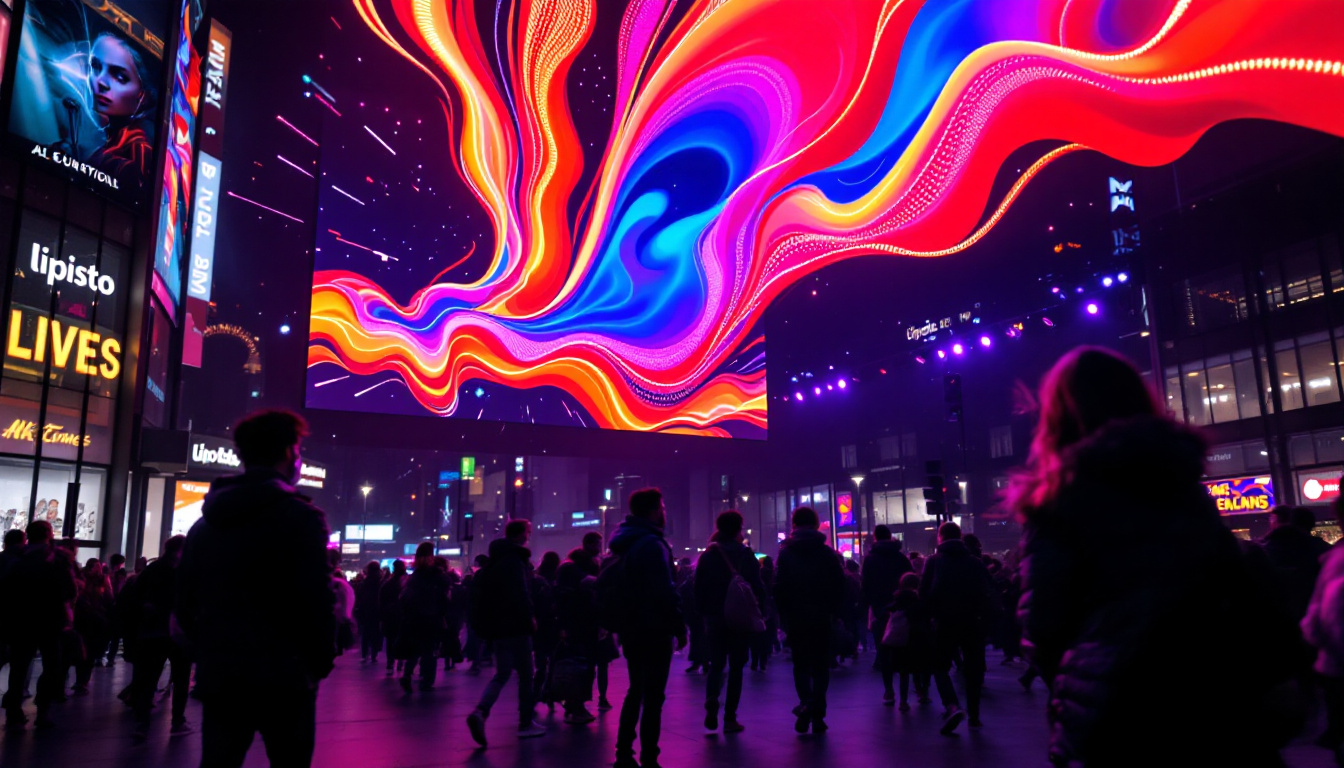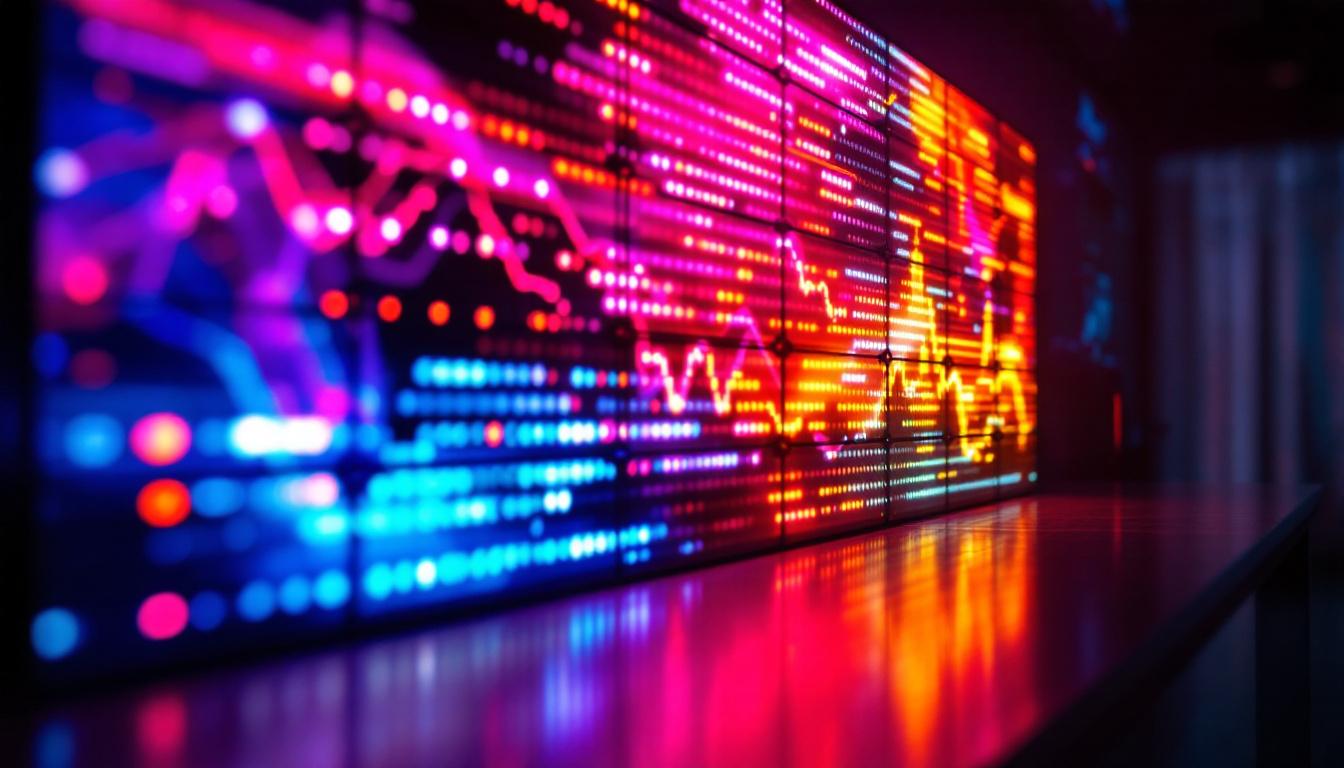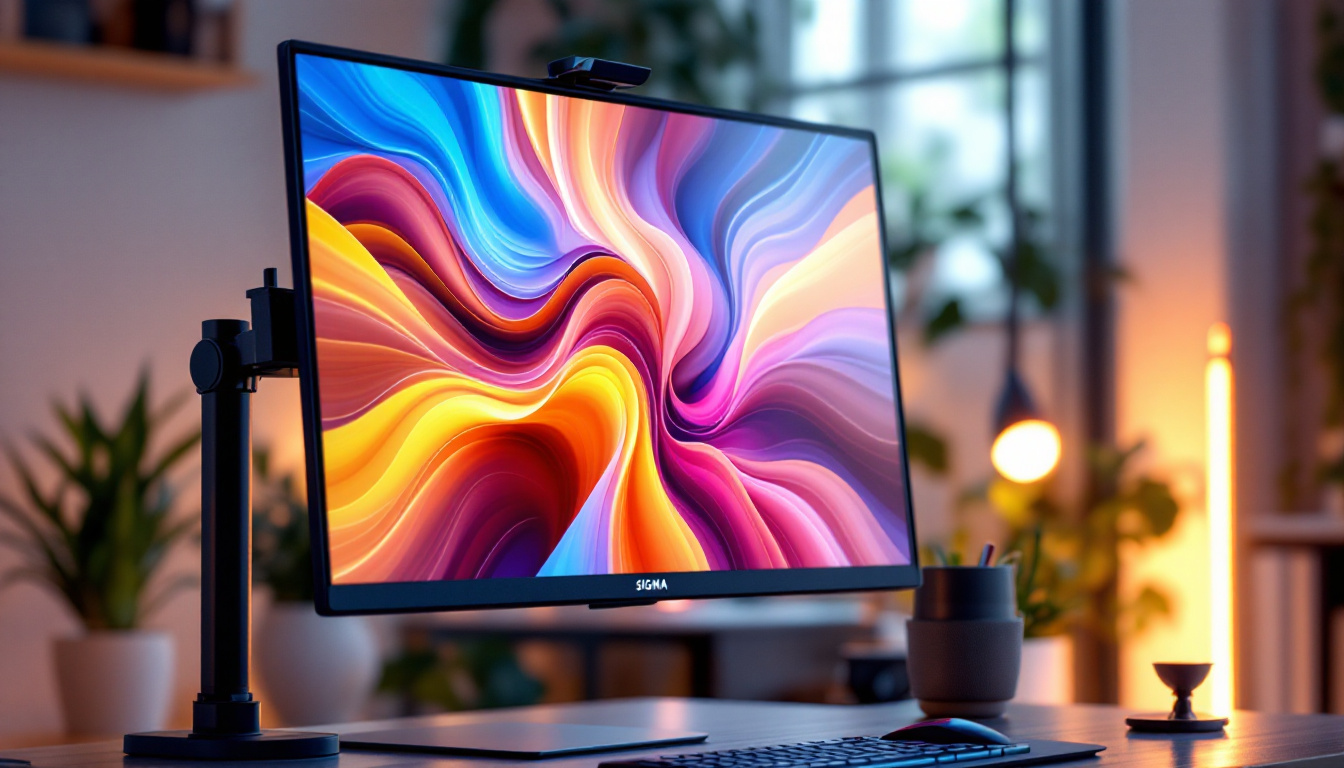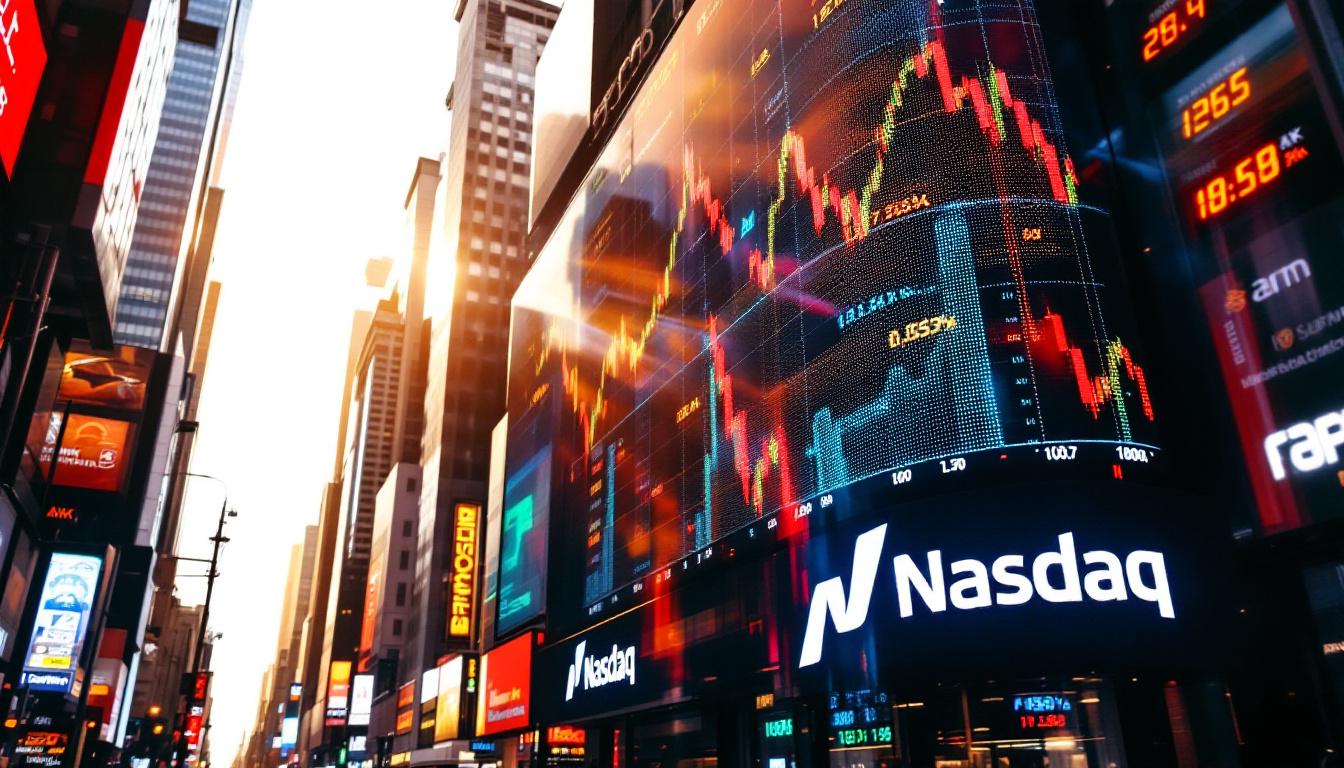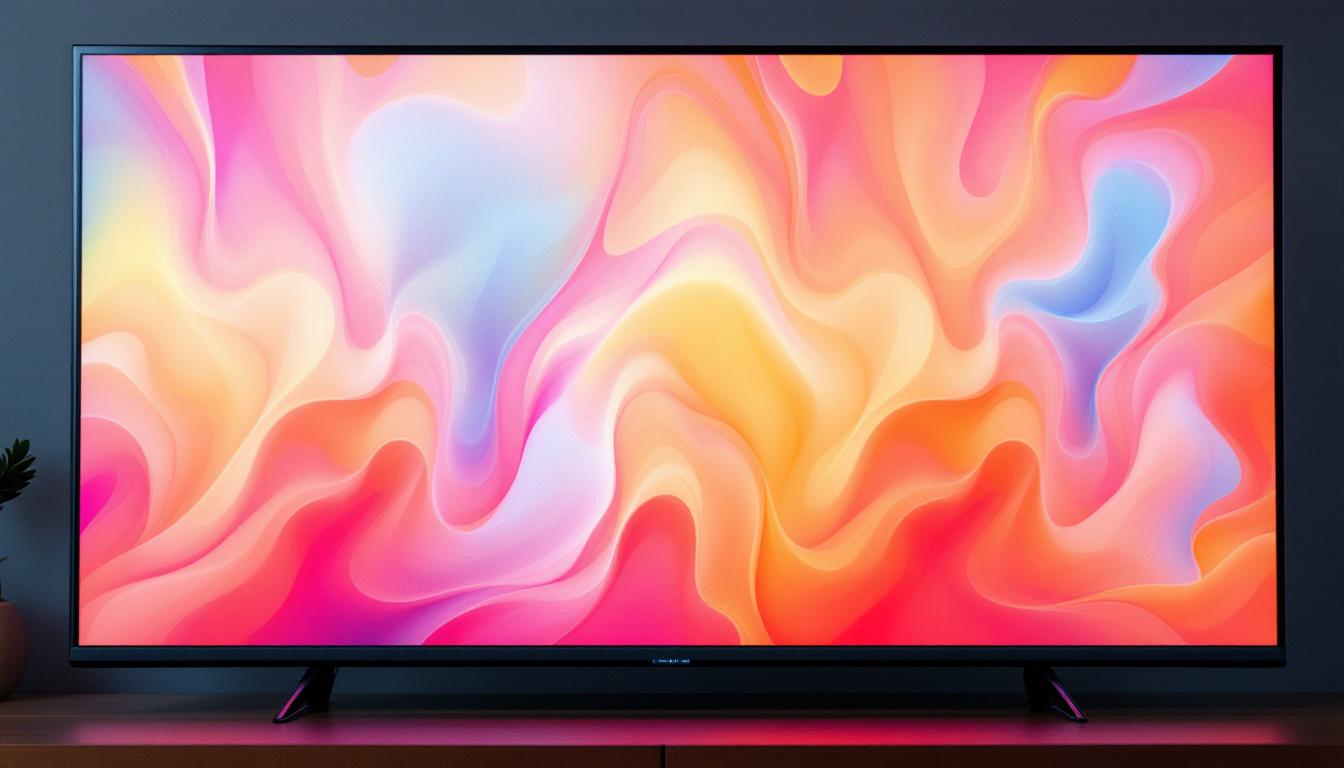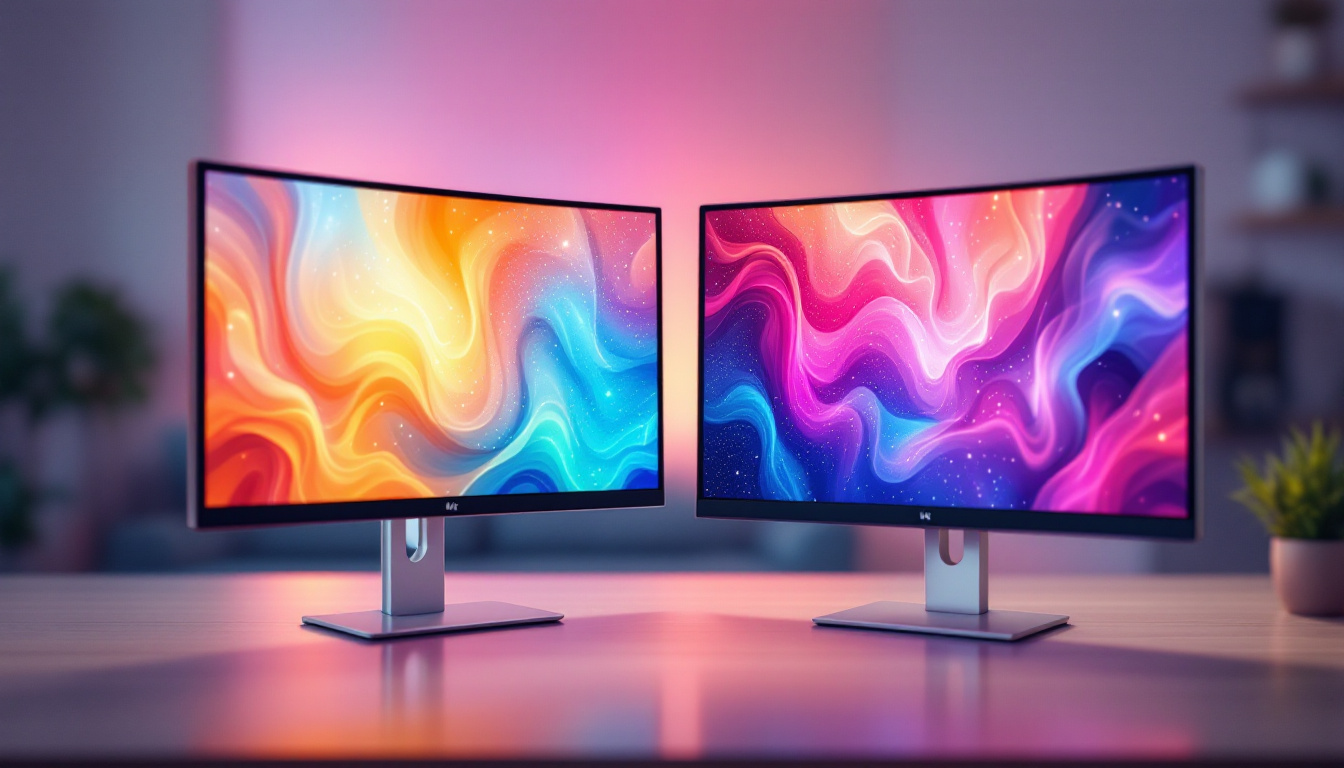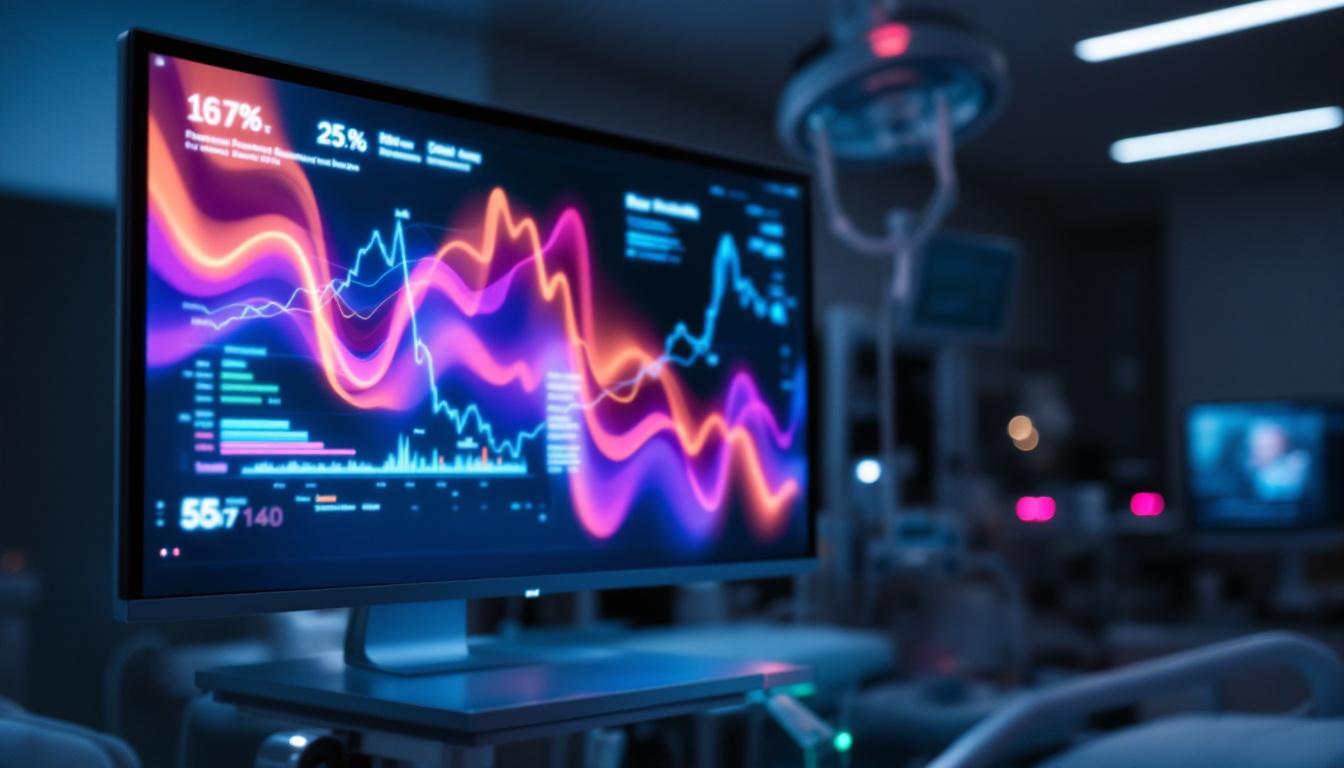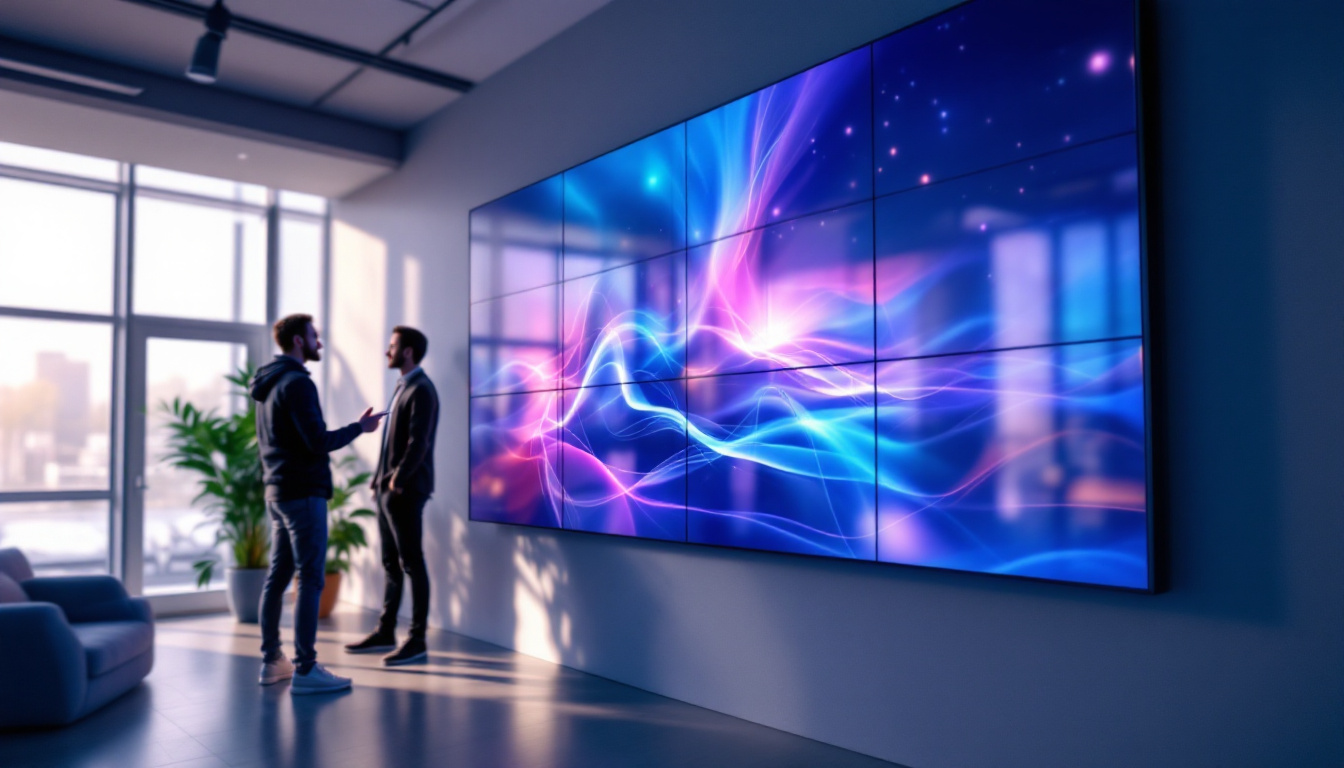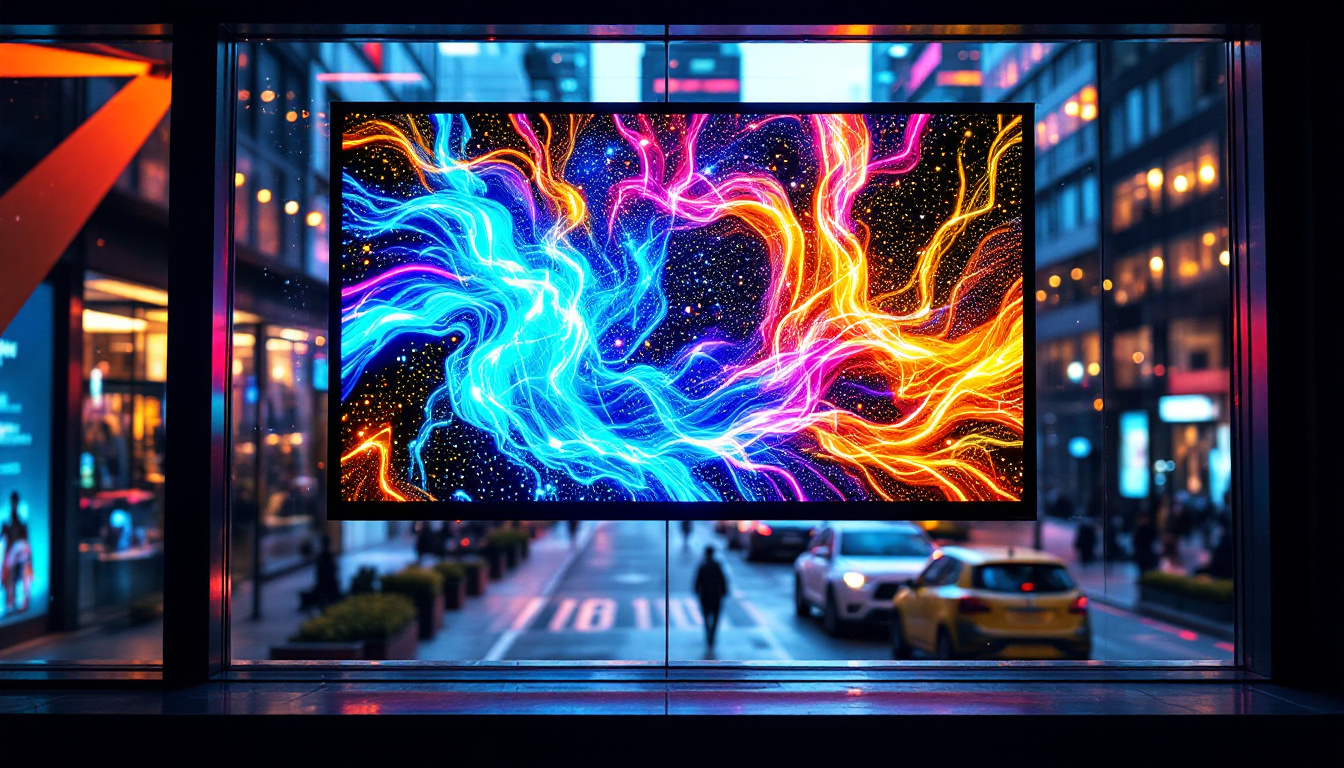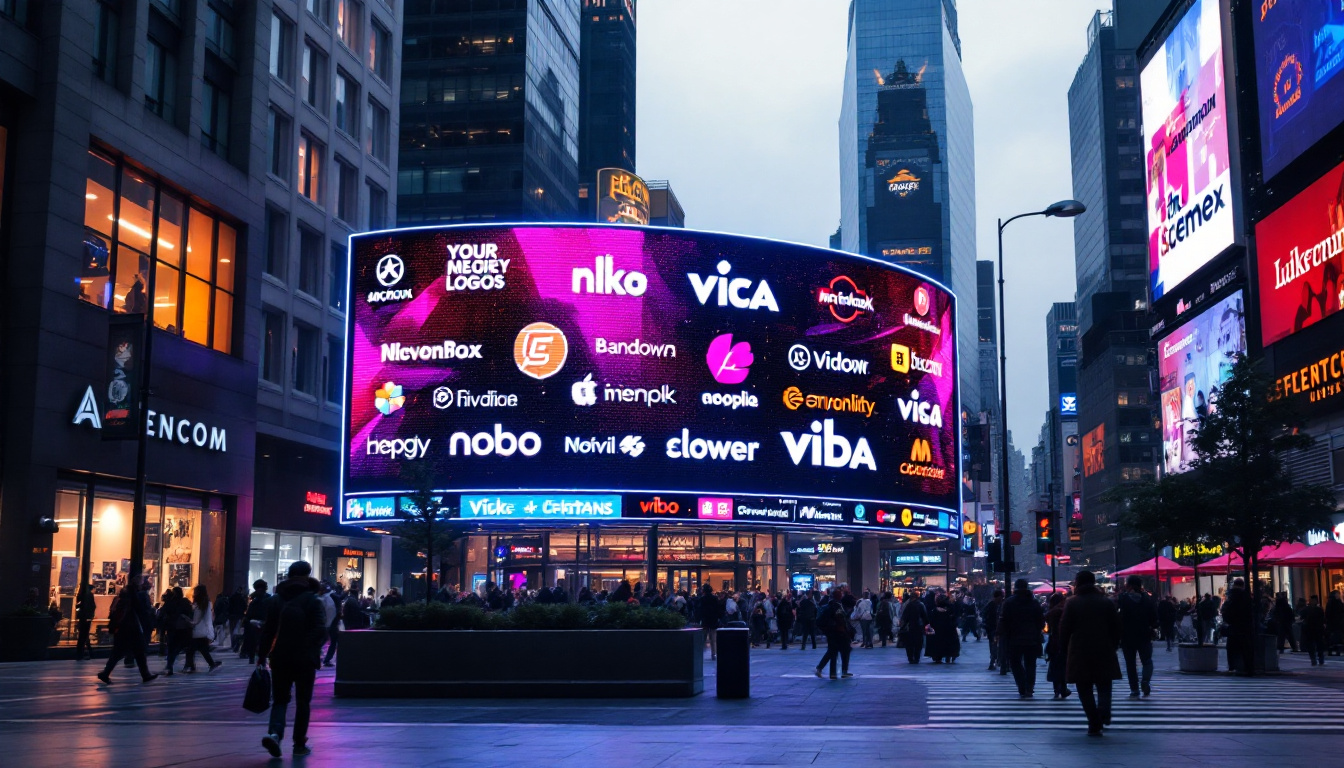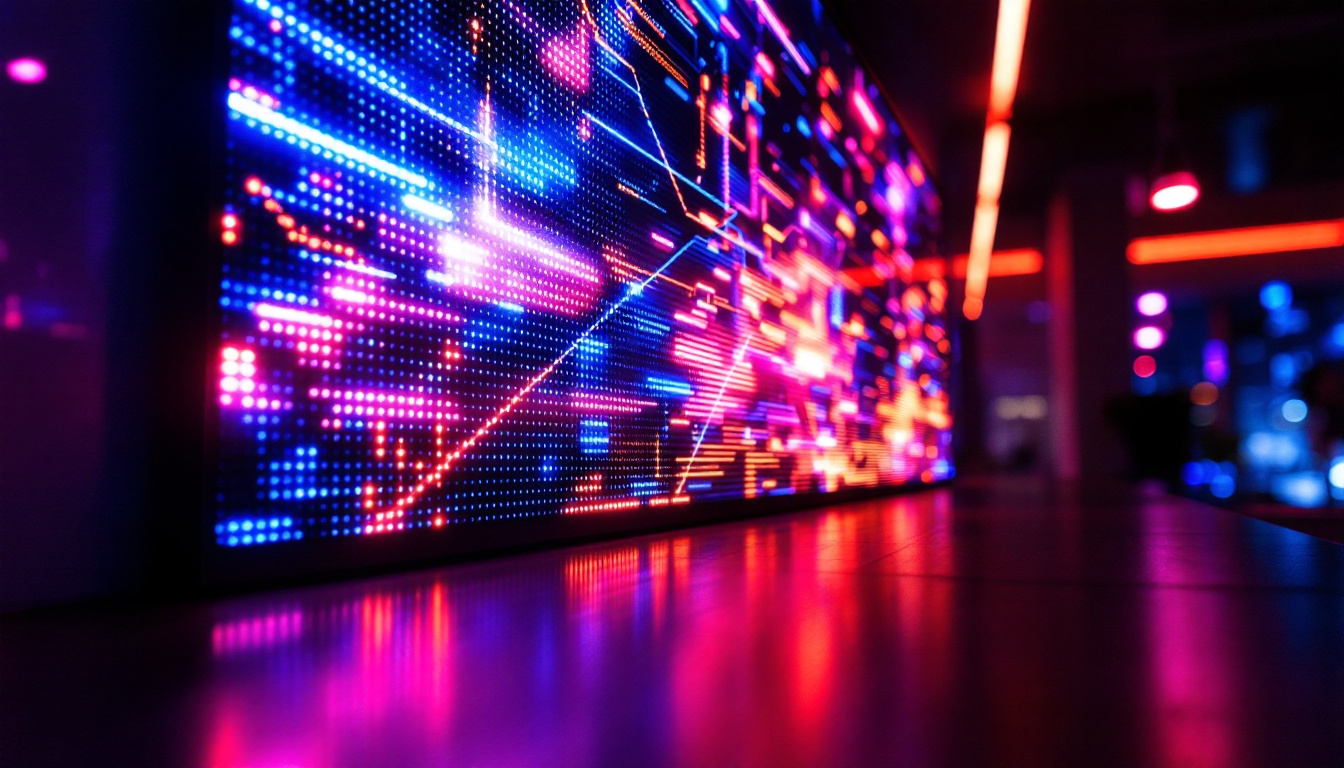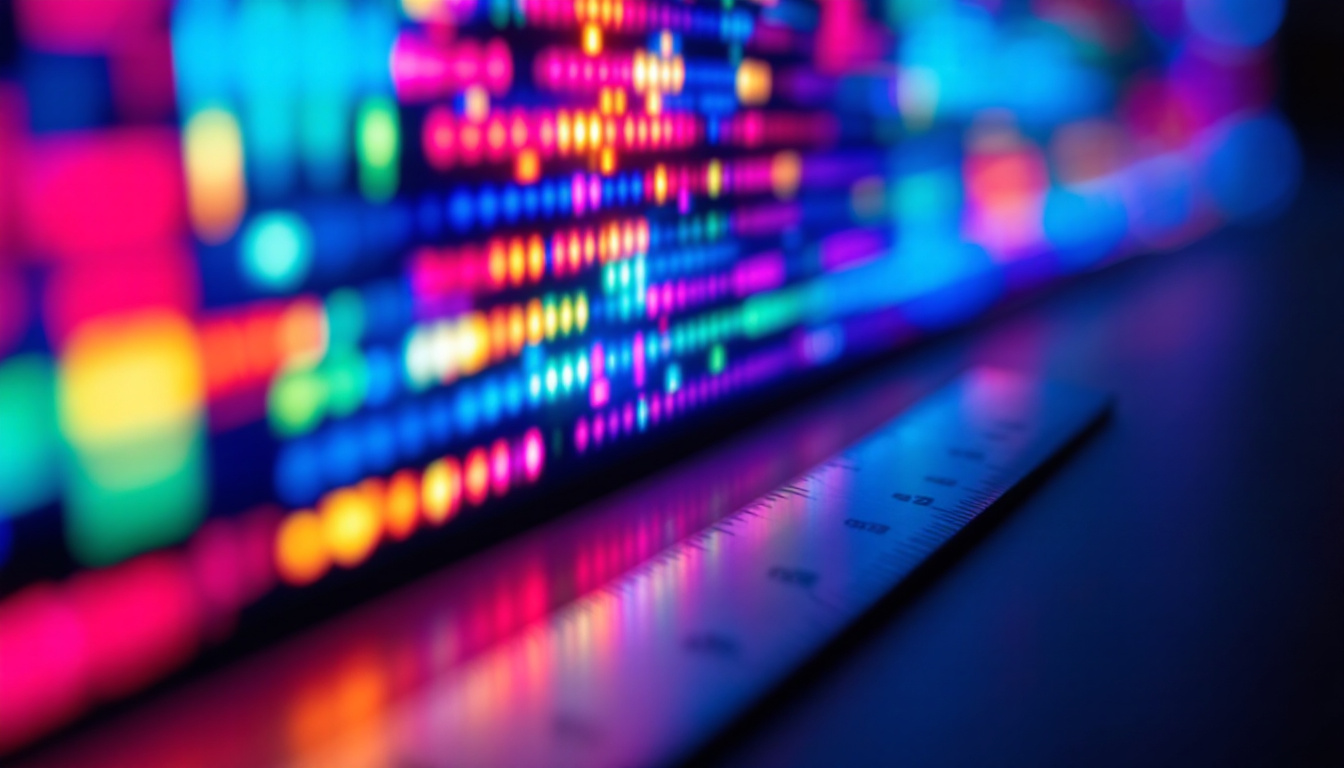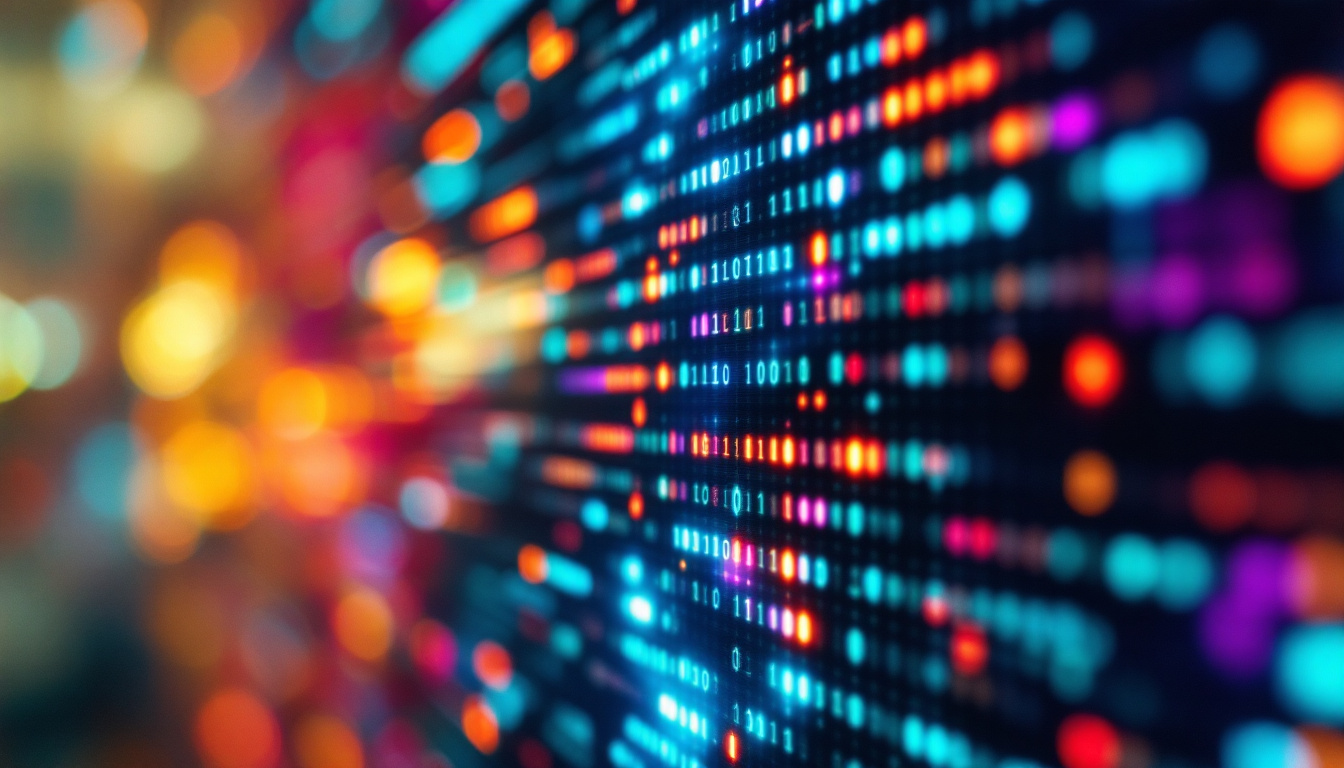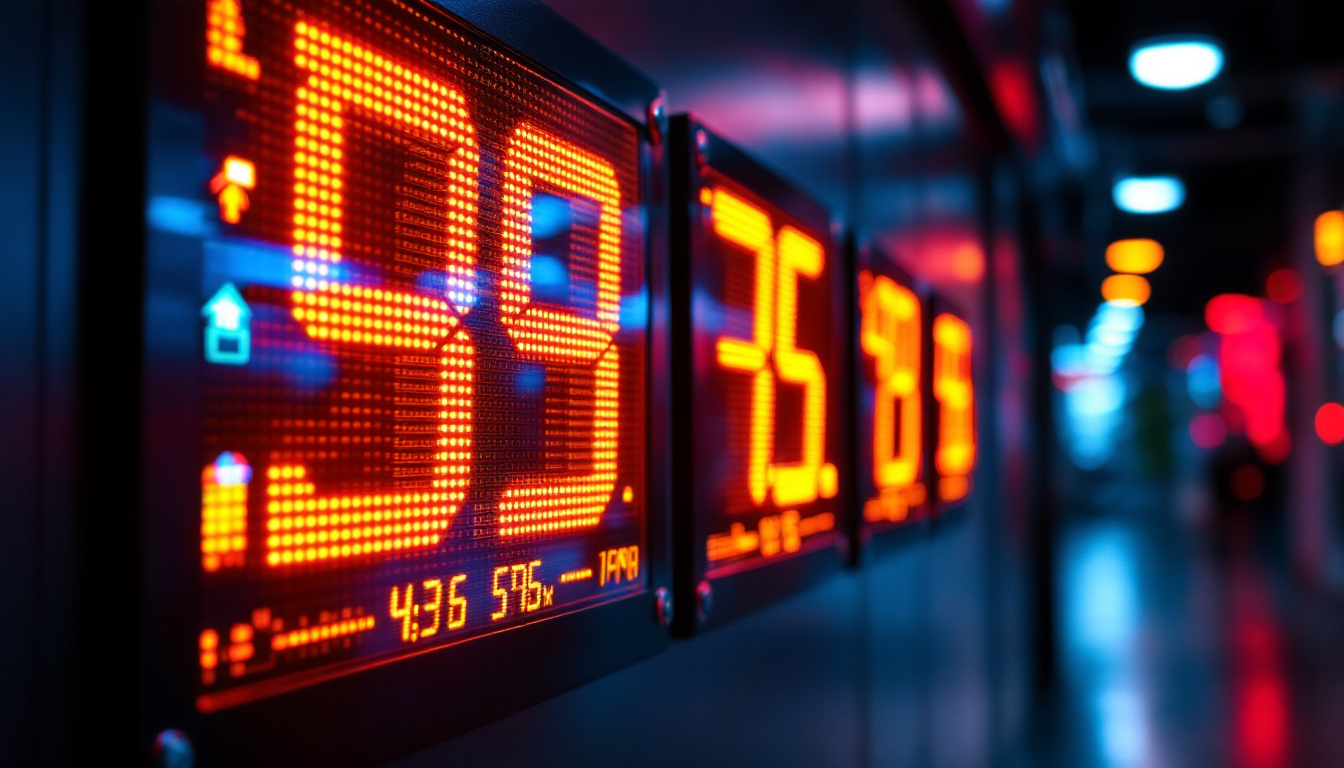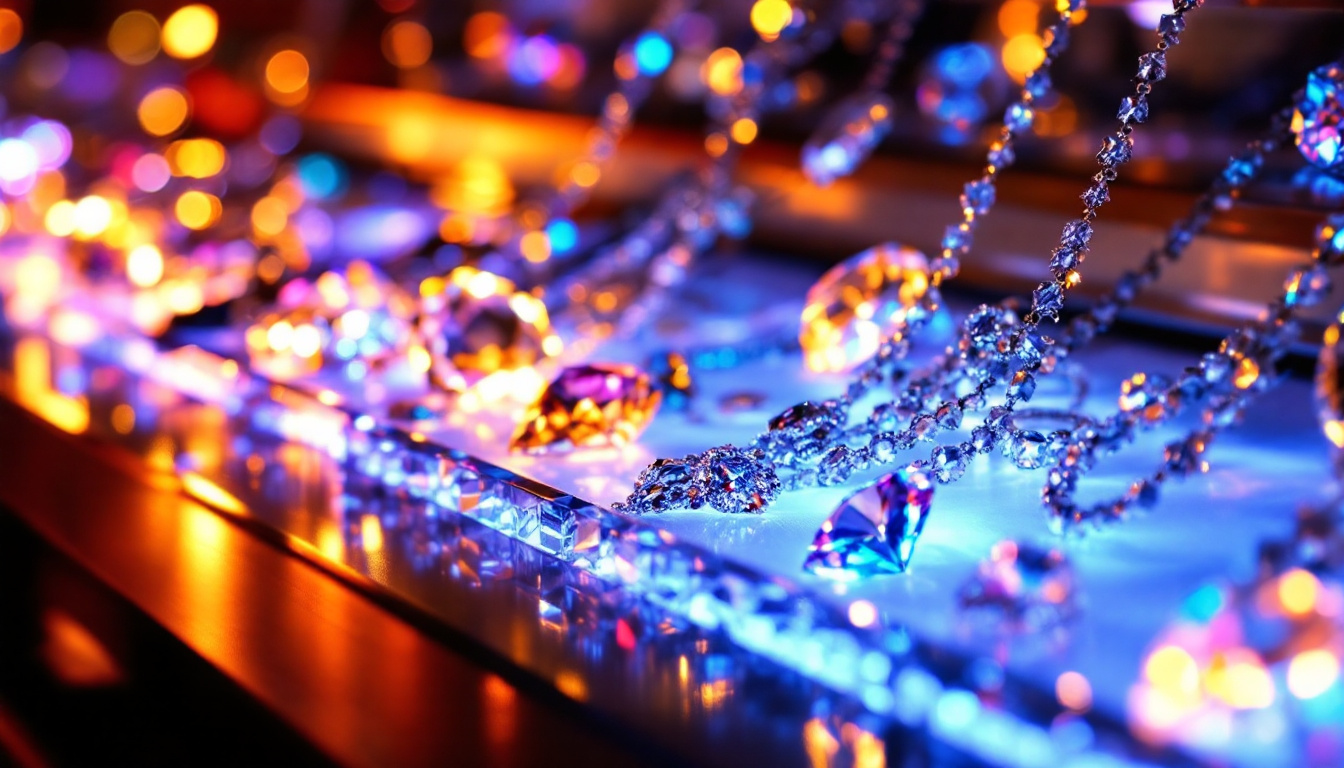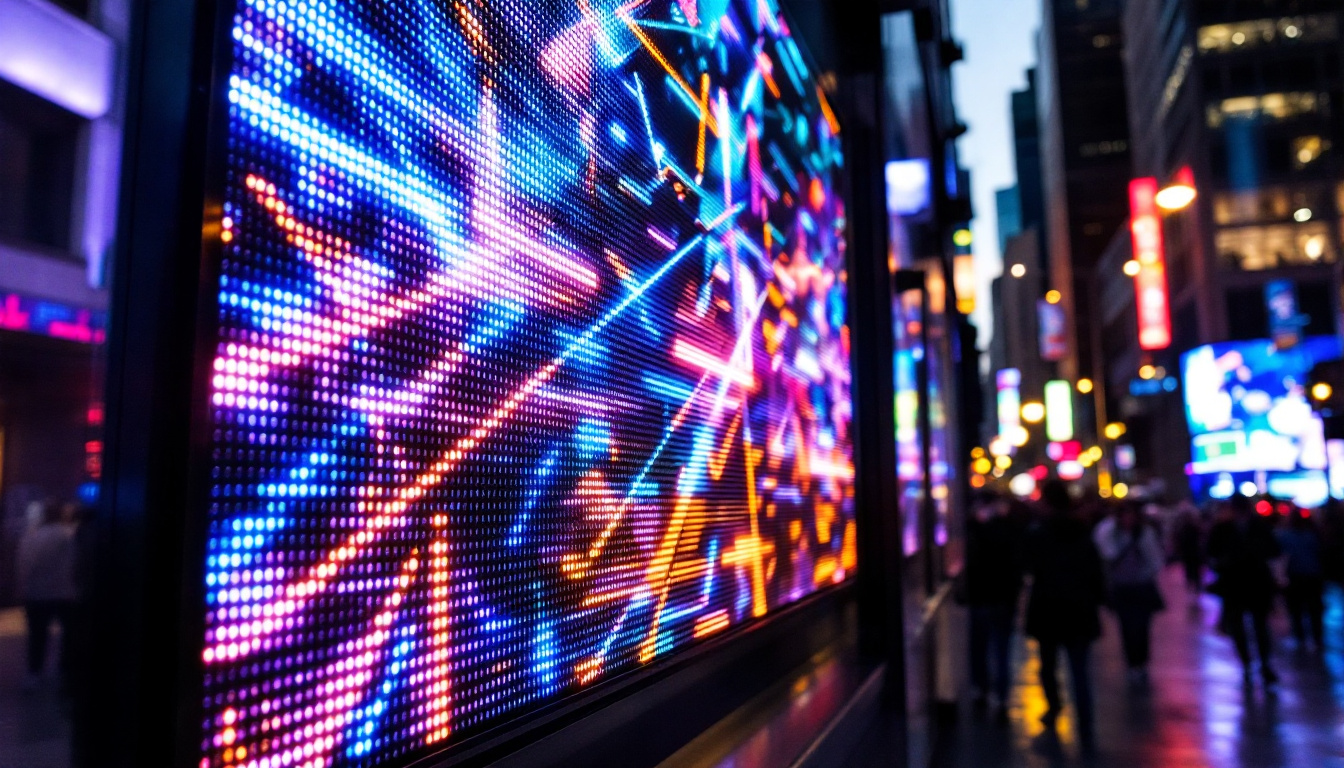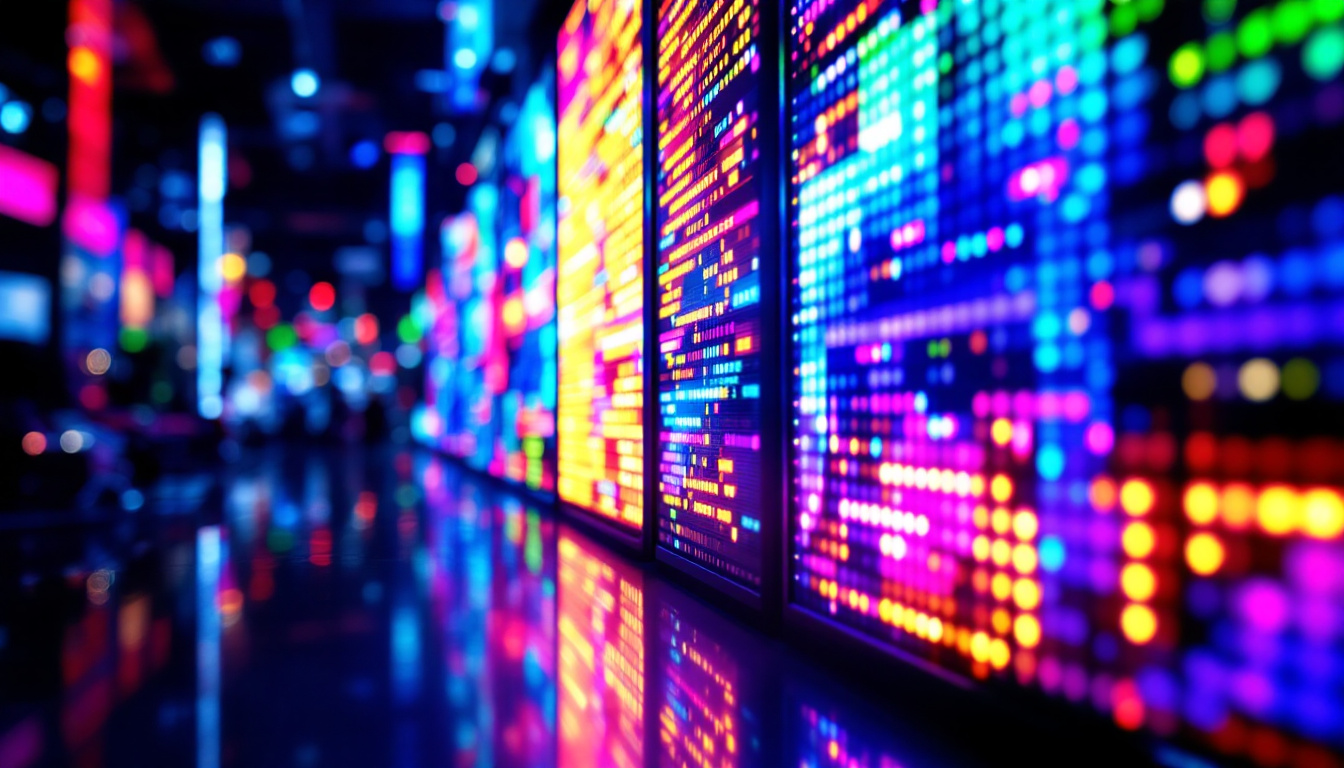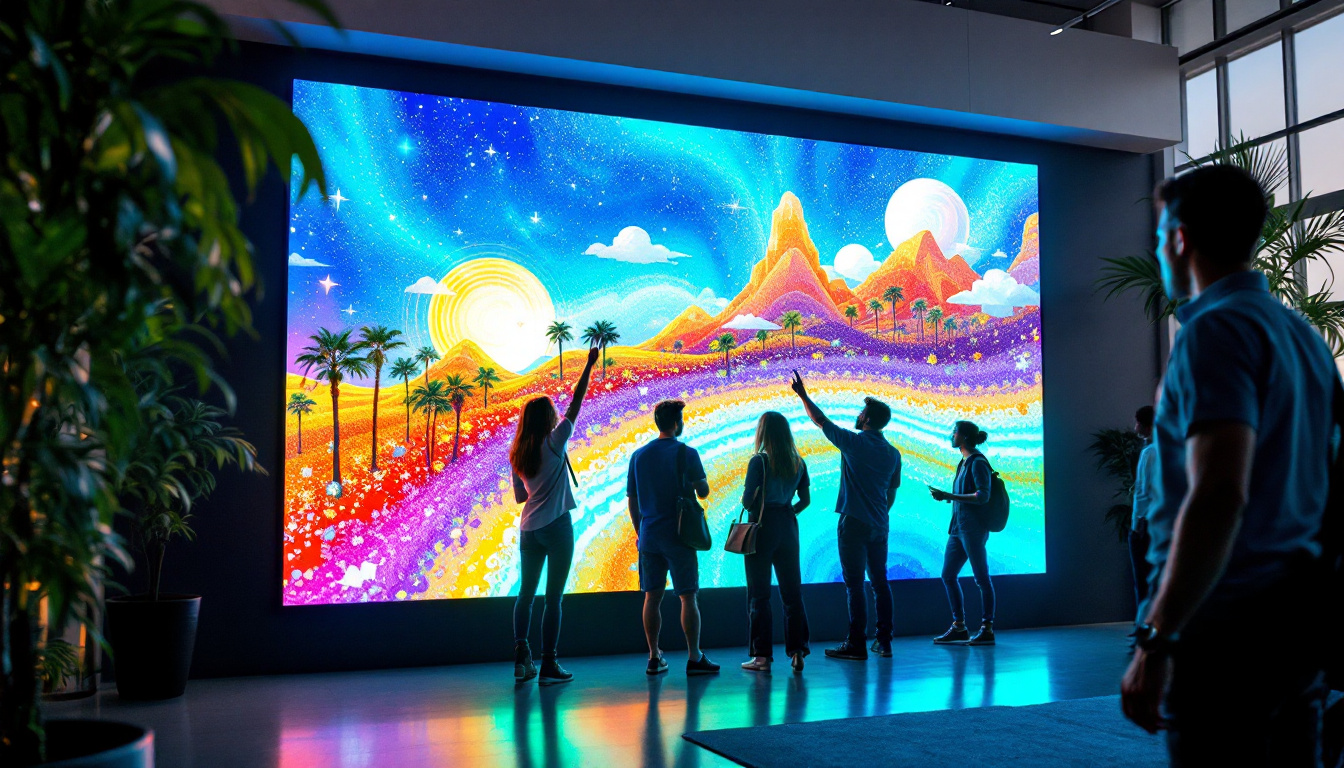In today’s fast-paced digital world, the way businesses communicate with their audience has evolved dramatically. Among the various tools available, LED displays have emerged as a powerful medium for advertising and information dissemination. This article delves into the intricacies of LED poster displays, exploring their technology, advantages, applications, and future trends.
Understanding LED Technology
Light Emitting Diodes (LEDs) are semiconductor devices that emit light when an electric current passes through them. This technology has revolutionized the display industry, offering vibrant colors, energy efficiency, and durability. The compact size of LEDs also allows for innovative designs and applications, ranging from household lighting to intricate digital displays in public spaces.
How LED Displays Work
LED displays consist of numerous tiny diodes arranged in a grid-like pattern. Each diode can emit red, green, or blue light, and by adjusting the intensity of these colors, a wide spectrum of hues can be created. This RGB (Red, Green, Blue) color model is fundamental to how images and videos are rendered on LED screens. The precision with which these colors can be mixed allows for stunning visuals that can captivate audiences in a variety of settings.
When a digital signal is sent to the display, it activates specific diodes to create the desired image. The combination of various intensities of red, green, and blue light produces the final visual output that can be seen by viewers. This technology allows for high-resolution displays that can be viewed from various angles, making them ideal for both indoor and outdoor settings. Moreover, advancements in LED technology have led to improved refresh rates and response times, which are crucial for applications such as gaming and fast-paced video content.
Types of LED Displays
LED displays come in various forms, each tailored for specific uses. The most common types include:
- Direct View LED (DVLED): These displays are made up of individual LED modules that are combined to form a larger screen. They are often used for large outdoor billboards and stadium displays, where bright visibility is essential even in direct sunlight.
- LED Backlit LCD: These displays use LED lights to illuminate an LCD screen from behind. They are commonly found in televisions and computer monitors, providing a thinner profile and better energy efficiency compared to traditional fluorescent backlighting.
- Organic LED (OLED): A newer technology where organic compounds emit light when an electric current is applied. OLED displays are known for their deep blacks and vibrant colors, making them a popular choice for high-end televisions and smartphones. Additionally, OLED technology allows for flexible screens, opening up possibilities for innovative product designs.
In addition to these common types, there are also specialized LED displays, such as MicroLED and MiniLED, which offer even greater resolution and color accuracy. MicroLED technology utilizes microscopic LEDs to create individual pixels, resulting in displays with exceptional brightness and contrast ratios. MiniLED, on the other hand, enhances traditional LCDs by using thousands of tiny LEDs for backlighting, significantly improving local dimming capabilities and overall picture quality. As the demand for higher quality visuals continues to grow, these advanced LED technologies are paving the way for the next generation of display solutions.
Advantages of LED Poster Displays
LED poster displays offer a myriad of benefits that make them an attractive option for businesses and organizations. From energy efficiency to dynamic content capabilities, the advantages are significant.
Energy Efficiency
One of the standout features of LED technology is its energy efficiency. Unlike traditional incandescent bulbs, LEDs consume significantly less power, which translates to lower electricity bills. This efficiency not only benefits the environment but also allows businesses to allocate resources to other areas. Furthermore, the longevity of LED lights means they require less frequent replacement, reducing maintenance costs and waste. This sustainable approach aligns well with the growing emphasis on corporate responsibility and environmental stewardship.
High Visibility and Brightness
LED displays are known for their exceptional brightness, making them easily visible even in direct sunlight. This characteristic is particularly important for outdoor advertising, where visibility can be a challenge. The vibrant colors and sharp contrast provided by LED technology ensure that messages stand out, capturing the attention of passersby. Additionally, the wide viewing angles of LED displays mean that audiences can see the content clearly from various distances and angles, enhancing the effectiveness of advertising campaigns. This capability is especially beneficial for events, festivals, and busy urban environments where competition for attention is fierce.
Dynamic Content and Flexibility
Another key advantage of LED poster displays is their ability to showcase dynamic content. Businesses can easily update messages, images, and videos in real-time, allowing for timely promotions and announcements. This flexibility is invaluable in a world where consumer attention spans are short, and timely information is crucial. Moreover, the integration of social media feeds and interactive elements can further engage audiences, creating a more immersive experience. For instance, businesses can display live updates, customer testimonials, or even user-generated content, fostering a sense of community and interaction that traditional static displays simply cannot achieve.
Durability and Weather Resistance
In addition to their energy efficiency and dynamic capabilities, LED poster displays are built to withstand various environmental conditions. Designed with robust materials, these displays are often weather-resistant, making them suitable for both indoor and outdoor use. This durability ensures that businesses can rely on their displays to perform consistently, regardless of rain, snow, or extreme temperatures. Furthermore, the rugged construction minimizes the risk of damage from vandalism or accidental impacts, providing peace of mind for organizations investing in this technology. This resilience not only extends the lifespan of the displays but also enhances their return on investment, making them a smart choice for long-term advertising strategies.
Applications of LED Poster Displays
The versatility of LED poster displays allows them to be utilized across various sectors. From retail to entertainment, these displays have found their place in numerous applications.
Retail Advertising
In the retail sector, LED poster displays serve as powerful marketing tools. They can be used to showcase promotions, new products, or seasonal sales, capturing the attention of customers as they walk by. The ability to change content quickly means that retailers can adapt their messaging based on inventory levels or current trends.
Event Promotion
For events such as concerts, festivals, and conferences, LED displays play a crucial role in promoting activities and providing information. They can display schedules, directions, and even live feeds, enhancing the overall experience for attendees. The eye-catching visuals can draw in crowds and create a lively atmosphere.
Public Information Displays
LED poster displays are also widely used in public spaces to convey important information. Airports, train stations, and bus terminals utilize these displays to provide real-time updates on schedules, delays, and other essential announcements. Their visibility and clarity ensure that travelers receive the information they need promptly.
Challenges and Considerations
While LED poster displays offer numerous advantages, there are challenges and considerations that businesses must keep in mind when implementing this technology.
Initial Investment Costs
One of the primary barriers to adopting LED displays is the initial investment required. High-quality LED screens can be expensive, and businesses must weigh the costs against the potential return on investment. However, it is essential to consider the long-term savings on energy and maintenance, which can offset the initial expenditure over time.
Maintenance and Lifespan
Although LED displays are known for their durability, they do require regular maintenance to ensure optimal performance. Dust, dirt, and environmental factors can affect the display’s brightness and clarity. Businesses must factor in maintenance costs and schedules to keep their displays in top condition.
Future Trends in LED Display Technology
The LED display industry is continually evolving, with new technologies and trends emerging that promise to enhance the capabilities of these displays.
Advancements in Resolution
As consumer demand for high-quality visuals increases, manufacturers are focusing on improving resolution. The development of microLED technology, which uses even smaller diodes, allows for higher pixel densities and sharper images. This advancement is expected to lead to displays that are not only brighter but also more detailed than ever before.
Integration with Smart Technology
Another exciting trend is the integration of LED displays with smart technology. With the rise of the Internet of Things (IoT), LED displays can be connected to various devices and systems. This connectivity allows for more sophisticated content management, enabling businesses to tailor messages based on real-time data such as weather, foot traffic, or social media trends.
Environmental Sustainability
As sustainability becomes a priority for many organizations, the LED display industry is also making strides toward greener practices. Innovations in manufacturing processes and materials aim to reduce the environmental impact of LED displays. Additionally, the long lifespan and energy efficiency of LEDs contribute to their overall sustainability, making them a more eco-friendly choice compared to traditional display technologies.
Conclusion
LED poster displays have transformed the way businesses communicate with their audiences. Their vibrant visuals, energy efficiency, and dynamic content capabilities make them an invaluable tool in various sectors. While challenges such as initial costs and maintenance exist, the benefits far outweigh the drawbacks.
As technology continues to advance, the future of LED displays looks promising. With improvements in resolution, integration with smart technology, and a focus on sustainability, LED displays are set to become even more integral to modern communication strategies. Organizations that embrace this technology will not only enhance their visibility but also engage their audiences in more meaningful ways.
In a world where attention is a precious commodity, LED poster displays stand out as a beacon of innovation, capturing the eyes and minds of consumers everywhere.
Discover LumenMatrix’s Innovative LED Display Solutions
Ready to elevate your visual communication strategy with the latest in LED technology? LumenMatrix is at the forefront of creating immersive and dynamic visual experiences through a comprehensive range of LED display solutions. From Indoor and Outdoor LED Walls to specialized options like Vehicle, Sports, and Floor LED Displays, as well as Custom and All-in-One solutions, LumenMatrix has the expertise to bring your brand to life. Experience the future of digital signage with our LED Transparent Displays and see how our commitment to innovation can transform your messaging. Check out LumenMatrix LED Display Solutions today and start making a lasting impression on your audience.

